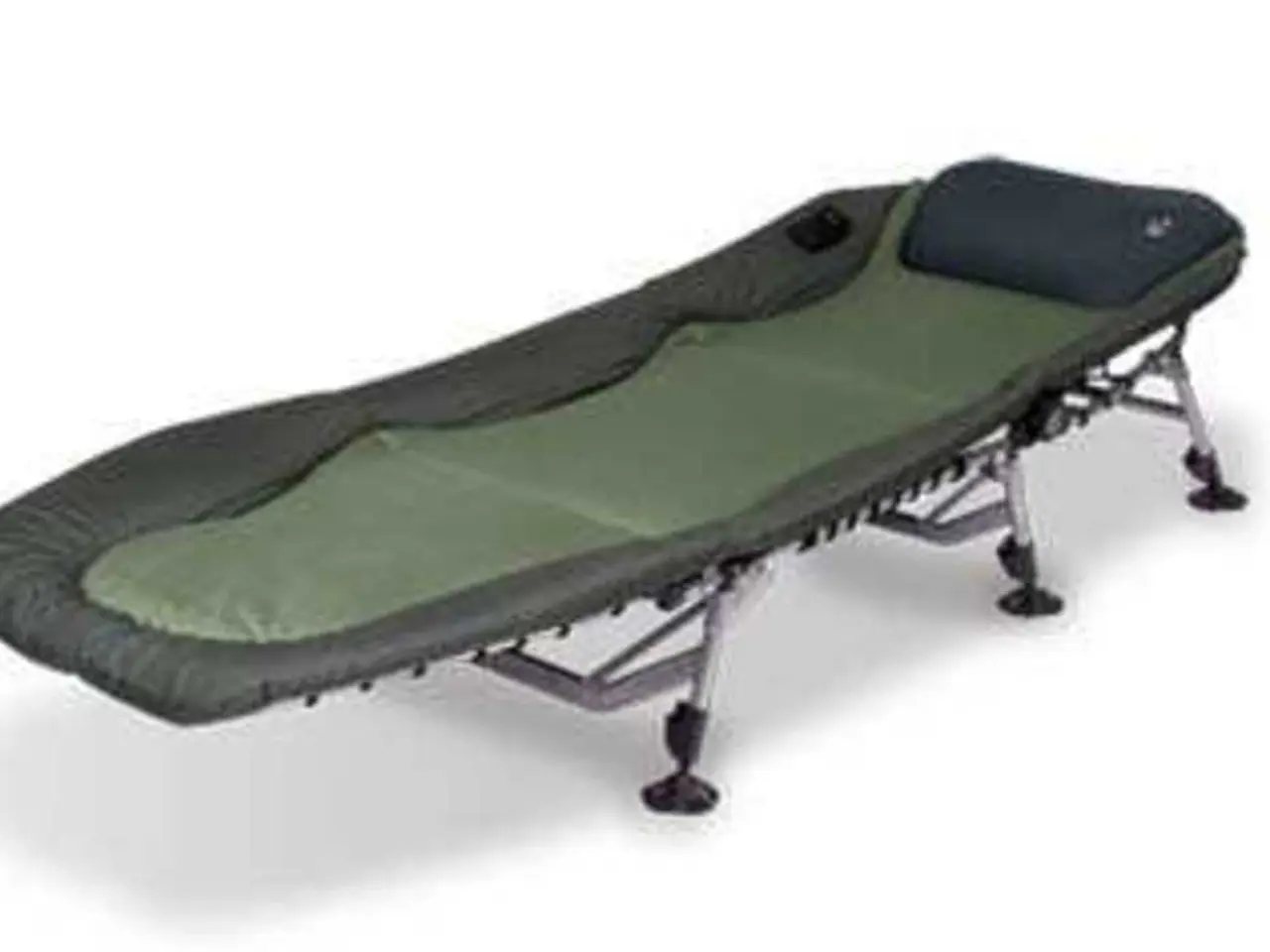Sculpted buttocks: Recognizing signs, root causes, and effective workout routines
In a world where physical activity and fitness are increasingly important, understanding and addressing issues related to muscle health is crucial. One such issue is tightness in the glutes, a condition that can lead to pain in various parts of the body and hinder athletic performance. This article provides a comprehensive approach to preventing and relieving tight glutes, focusing on exercises to strengthen the muscles and stretches to improve flexibility and reduce tension.
## Strengthening the Glutes
Strengthening the glutes is key to preventing tightness and improving overall muscle balance. Two effective exercises for this purpose are the Glute Bridge and the Hip Thrust.
The Glute Bridge involves lying flat on the floor with your legs bent, driving through your heels to push your hips upwards as far as you can go, ensuring your hips and shoulders form a straight line, and squeezing your glutes at the top. This exercise builds glute strength, improves posture, strengthens the core, and reduces lower back pain.
The Hip Thrust, on the other hand, involves sitting with your upper back against a weight bench and a barbell in front of you, rolling the bar back until it brushes up your hips, bending your knees and planting your feet on the floor, and initiating the thrust by pushing your hips upward until your body forms a straight line from your kneecaps to your shoulders. This exercise is highly effective for isolating the glutes and improving muscle activation without excessive strain on the lower back.
## Relieving Tight Glutes
Stretches can help relieve tension and improve flexibility in the glutes. Static stretches, which involve extending and briefly holding targeted muscles in one position, are particularly effective.
One such stretch is the Seated Cross Twist, which involves sitting on the floor with your legs extended straight in front of you, bending your right leg and crossing it over your left leg, planting your right foot flat on the floor outside of your left knee or thigh, hugging your right knee toward your chest with your left arm, and twisting your torso to the right until you feel a stretch in your right glute. Hold this stretch for 15 seconds and switch sides.
Another effective stretch is the Cross-Legged Forward Fold, which involves standing with your feet together, crossing your right leg behind your left, dropping your hands toward the floor, and folding your torso over until you feel a stretch along the outside of your right leg. Hold this position for 15 seconds and switch sides.
## Additional Tips
- Consistency is key: Regularly incorporate these exercises and stretches into your routine to maintain flexibility and strength. - Proper form: Ensure you are performing exercises with proper form to avoid injury and maximize effectiveness. - Warm-up and rest: Always warm up before exercising and allow for adequate rest to prevent overuse and injury.
By incorporating these exercises and stretches into your routine, you can effectively prevent and relieve tightness in your glutes, improving overall muscle function and reducing discomfort. It's important to remember that post-workout stretching can help prevent injury and tightness, and symptoms of tight glutes may be exacerbated by running, squatting, and other movements that work the legs and lower back. If you experience severe or persistent pain or swelling in the glutes, seek medical care. Finally, remember that maintaining a balanced exercise routine, including exercises for all major muscle groups, can help prevent tightness in the glutes.
- To strengthen the glutes and improve overall muscle balance, consider incorporating exercises like the Glute Bridge and the Hip Thrust into your fitness and exercise routine.
- The Glute Bridge, which involves driving through your heels to push your hips upwards and squeezing your glutes at the top, is ideal for building glute strength, improving posture, and reducing lower back pain.
- The Hip Thrust, where you push your hips upward while sitting with your upper back against a weight bench and a barbell in front of you, helps isolate the glutes and improve muscle activation without excessive strain on the lower back.
- To relieve tension and improve flexibility in the glutes, try implementing stretches such as the Seated Cross Twist and the Cross-Legged Forward Fold, which involve holding targeted muscles in one position for a brief period.
- For optimal health-and-wellness, remember to prioritize workplace-wellness by ensuring consistency, proper form, warm-up, and rest in your fitness and exercise routine, while also seeking medical care if you experience severe or persistent pain or swelling in the glutes.




